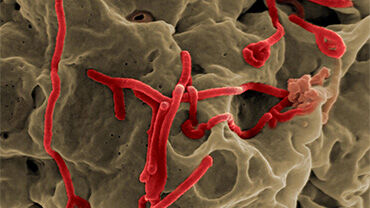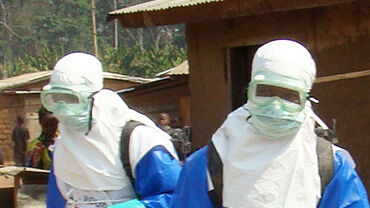Outbreak declared over: 11th Ebola virus disease outbreak in the Democratic Republic of the Congo
On 18 November 2020, the 11th outbreak of Ebola virus disease in the Democratic Republic of the Congo (DRC) was declared over. There have been 130 cases, including 55 deaths reported from 13 health zones in the Equateur Province since the beginning of the outbreak almost six months ago.
On 18 November 2020, the Minister of Health for the DRC, Eteni Longondo, followed by the World Health Organization (WHO), declared the 11th outbreak of Ebola virus disease in the DRC over. The declaration came 42 days after the last case tested negative twice.
This most recent outbreak in the DRC took place in Equateur Province in the north-west of the country. It was first declared an outbreak on 1 June 2020 and affected a total of 130 cases (119 confirmed, 11 probable), of whom 55 died and 75 survived, in 13 health zones. Three healthcare workers were also reported among the cases.
This latest outbreak in the western DRC arose during the period in which the 10th outbreak in the eastern DRC was coming to an end, which genetic sequencing results confirmed as a separate event. However, the 9th Ebola outbreak occurred between May and July 2018, in the same part of the country as this most recent outbreak, and led to a total of 54 cases and 33 deaths.
The outbreak response was carried out by the Ministry of Health in the DRC, which included more than 100 WHO staff and others from a multitude of different organisations, with help through donations from several partners. The outbreak proved to be challenging to manage amid the parallel COVID-19 response, and due to access and logistical difficulties that were faced (cases being located in both urban and very remote areas) as well as some community resistance.
The risk of further flare-ups of cases in the DRC remains, as undetected transmissions cannot be excluded as the virus can persist in bodily fluids of some survivors for a period following acute disease, as well as in used injectable instruments for a number of weeks. Therefore, a combination of active and passive surveillance must be maintained for six months after the declared end of the outbreak. Additionally, the Survivor Programme for care and biological follow-up of survivors continues for at least 18 months. The virus remains endemic in the region as it is present in animal reservoirs in many parts of the country.






